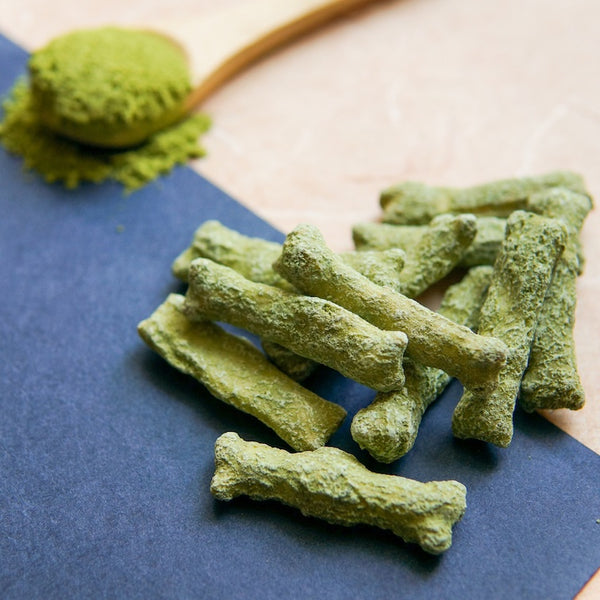Japanese Sweets: Okashi vs Wagashi vs Dagshi - What's the Difference?

From cheap, colorful candies to intricately handcrafted sweets served during the traditional Japanese tea ceremony, Japan is famous for its wide range of confectionery to suit every occasion and season.

Okashi and the history of sweets in Japan
Japanese sweets, broadly known as “okashi”, have a long history in Japan. Confectionery originally referred to fruits, but after sweet confections such as tea cakes were made, fruits became known as mizu-gashi (lit. "water confectionery") while non-fruit sweets were called "okashi".
During the early Edo Era, when refined white sugar known as johakuto was expensive and rare, sweets were reserved for feudal lords and warriors. These higher quality sweets were known as kamigashi and differed from brown sugar confections, known as dagashi, which were eaten by the general public. It wasn’t until the late 16th century when the Portuguese and Chinese introduced large sugar imports did Japanese confectionery become more common.
Nowadays, okashi can broadly be divided into two categories: dagashi and wagashi.

Dagashi
The term dagashi remains from the olden days to describe popular, inexpensive candies (akin to penny candy).

Wagashi
Wagashi, on the other hand, are delicate, intricate sweets made from seasonal ingredients that can be enjoyed as a daily tea time pairing or during celebrations. The dainty appearance and gentle taste of these sweets are uniquely Japanese and can vary from region to region. Wagashi are meant to be experienced with all five senses and are made with the seasons in mind. Their beautiful designs draw inspiration from nature including flowers, birds, winds, and the moon.
There are three broad types of wagashi, defined by their water content: nama-gashi, han-nama-gashi and higashi.

Nama-gashi
Wagashi with a moisture content of 30% or more are called nama-gashi (fresh confections). Typically made with anko (red bean paste) or mochi (rice cake), nama-gashi are best enjoyed fresh as they have a short consumption period. Typical namagashi include ohagi, daifuku, dorayaki, dango, castella, anmitsu, zenzai, yokan and gyuhi.

Han-nama-gashi
Wagashi with a moisture content of 10~30% are called han-nama-gashi (semi-perishable confections). These include monaka, amanatto, chestnut kinton, kibidango, yokan and gyuhi. Yokan and gyuhi can be classified as nama-gashi or han-nama-gashi as the moisture content varies depending on the method of production.

Higashi
Higashi (dried confections) have a moisture content of 10% or less making them lighter in texture compared to nama-gashi and han-nama-gashi and longer lasting. Typical higashi include karinto, arare, okaki, kompeito, yatsuhashi, senbei, etc.
Never meant to be overly sweet, okashi are the perfect Japanese treat. Learn more about the different types of Wagashi: The Artful Elegance of Japanese Sweets and try some of our favorites in our Market: Michi no Eki or in our Japanese Sweets: "Okashi" Care Package. You can even make your own sweets using ingredients from our Baking: "Amai" Care Package.




